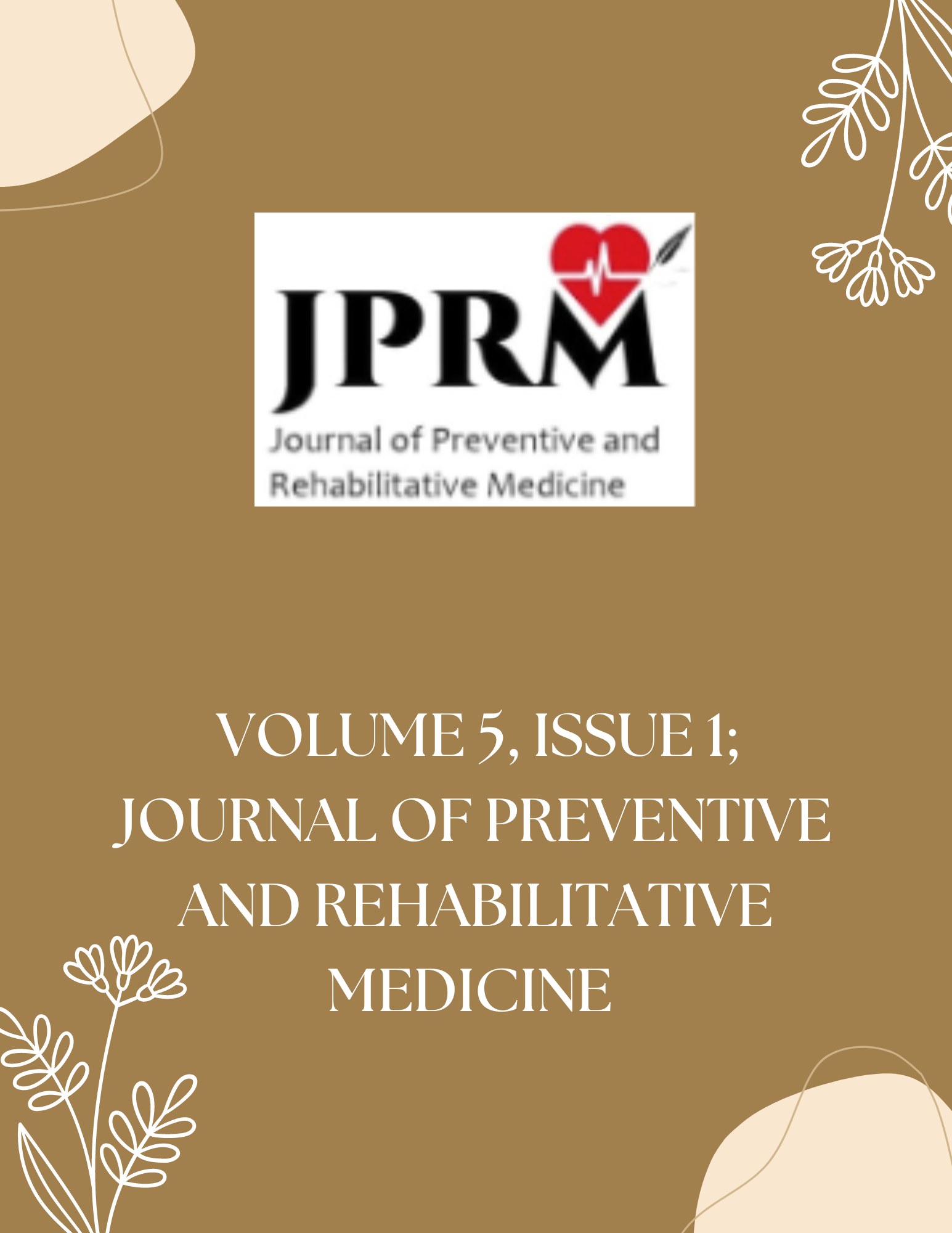Postural assessment of lumbar lordosis among adult female users and non-users of high heeled shoes in the Accra Metropolis
Abstract
Background: The use of high- heeled shoes has undoubted effects on posture and gait. High-heeled shoes have been suggested as the main explanation for excessive lumbar lordosis and consequent dominance of low back pain among corporate women. The habitual use of these shoes may be a plausible explanation for this. We aimed to compare the values of lumbar lordotic angles between habitual users and non-users of high heeled shoes. Methods: A cross sectional study involving a one –time postural assessment of the lumbar spine in the sagittal plane among two groups (the user group who wore high heeled shoes (HHS) and the non-user group who do not wear high heeled shoes to and from work) of women. The flexible curved ruler was used to determine the lumbar lordosis angle. The values recorded were compared between the two groups. Pearson correlation was used to assess the relationship between lordotic angle and the duration of use and height of high-heeled shoes. One-way Analysis of Variance was used to compare the type of heel most frequently worn and lordotic angles while independent sample t-test was used to compare HHS-users and non-users and angle of lordosis. Results: The mean angle for user and non-user groups were 33.08±4.00/Ø and 33.61±3.65/Ø respectively. The average duration of use of HHS was 2.55±1.66 years. Fifty-seven percent of the user group wore high-heeled shoes 3 times a week to work. Majority of the HHS users wore kitten type 12 (46%). There was no significant correlation (r=0.169, p=0.410) between lordotic angle and the duration of use of high-heeled shoes as well as between lordotic angle and the height of high-heeled shoes (r=-0.03, p=0.884). There was also no significant difference (p>0.05) among the type of high-heeled shoes most frequently worn and lordotic angle and no significant difference (p>0.05) between HHS users and non-users and lordotic angle. Conclusion: Results of this study suggests that habitual use of high-heeled shoes does not have a significant effect on lumbar lordotic angle.All authors who submit their paper for publication will abide by following provisions of the copyright transfer: 1. The copyright of the paper rests with the authors. And they are transferring the copyright to publish the article and used the article for indexing and storing for public use with due reference to published matter in the name of concerned authors. 2. The authors reserve all proprietary rights such as patent rights and the right to use all or part of the article in future works of their own such as lectures, press releases, and reviews of textbooks. 3. In the case of republication of the whole, part, or parts thereof, in periodicals or reprint publications by a third party, written permission must be obtained from the Managing Editor of JPRM. 4. The authors declare that the material being presented by them in this paper is their original work, and does not contain or include material taken from other copyrighted sources. Wherever such material has been included, it has been clearly indented or/and identified by quotation marks and due and proper acknowledgements given by citing the source at appropriate places. 5. The paper, the final version of which they submit, is not substantially the same as any that they had already published elsewhere. 6. They declare that they have not sent the paper or any paper substantially the same as the submitted one, for publication anywhere else. 7. Furthermore, the author may only post his/her version provided acknowledgement is given to the original source of publication in this journal and a link is inserted wherever published. 8. All contents, Parts, written matters, publications are under copyright act taken by JPRM. 9. Published articles will be available for use by scholars and researchers. 10. IJPRM is not responsible in any type of claim on publication in our Journal. .

